Faculty
-
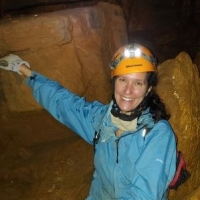
Dr. Suzanna Bräuer
Suzanna Bräuer is a Professor in the Department of Biology at Appalachian State University. She is a microbiologist whose work includes microbial ecology of cave systems (particularly manganese oxidizing bacterial communities), the role of anthropogenic impact on microbial communities, and microbial methane production in peat bogs.
-
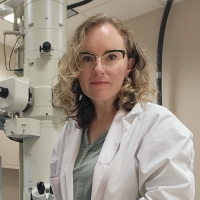
Dr. Sarah Carmichael
Sarah Carmichael is a Professor in the Department of Geological and Environmental Sciences at Appalachian State University. She studies the mineralogy of manganese ore deposits and the characteristics of manganese biominerals in caves, in addition to her work on cave sediment characterization and the geochemistry of mass extinctions. Her research heavily involves scanning and transmission electron microscopy, X-ray diffraction, and spectroscopic techniques.
Collaborators
-

Dr. Denise Akob
Denise Akob is a geomicrobiologist at the United States Geological Survey who specializes in the relationship between microorganisms and their environments.
-
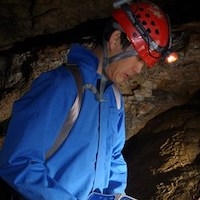
Dr. Yongli Gao
Yongli Gao is an Associate Professor in the Department of Geological Sciences at the University of Texas at San Antonio. He is a karst hydrogeologist who specializes in basin-scale hydrologic simulations, sinkhole hazards, and paleoclimate and environmental reconstruction through speleothem geochemistry.
-
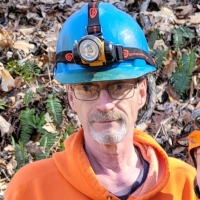
Mr. Jon Rossi
Jon Rossi is the cave guide and scout for new sites in the Appalachian region where the geomicrobiology team does fieldwork. He is a member of the Appalachian Cave Conservancy and has visited over 2000 caves.
-

Dr. Cara Santelli
Cara Santelli is an Associate Professor in the Department of Earth Sciences at the University of Minnesota, after spending many years as a Research Geologist and Curator in the Department of Mineral Sciences at the Smithsonian Institution’s National Museum of Natural History. Her work examines the impact of microbial activity on a wide variety of geological processes such as biomineralization and weathering, metal redox transformations, fungal biomineralization processes, environmental geochemistry, and remediation of sites impacted by acid mine drainage pollution.
Former Students
-
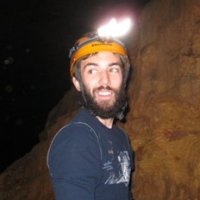
Kelley Burns
(B.S. Biology - 2014)
-
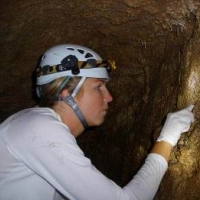
Dr. Mary Jane Carmichael
(M.S. Biology - 2012)
MS Thesis Title: Geomicrobiology of Ferromanganese Deposits in Caves of the Upper Tennessee River Basin
Mary Jane received her Ph.D. in Biology from Wake Forest University in 2017, and is now an Assistant Professor of Biology at Hollins University.
She won Appalachian State University's 2013 Cratis Williams Thesis Award, and the American Association of University Women's 2016-2017 AAUW Dissertation Fellowship.
-
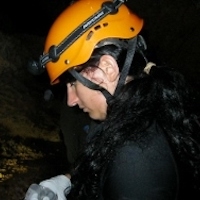
Dr. Mara Cloutier
(M.S. Biology - 2016)
MS Thesis Title: Microbial Community Analysis Coupled With Geochemical Studies Reveal Factors Affecting Biotic Mn (II) Oxidation In Situ
Mara recently completed her Ph.D. in Soil Science from Penn State University. She is currently a Project Manager and Scientist at the Soil Health Institute.
-
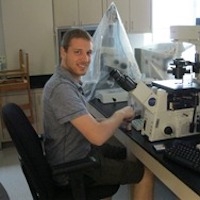
Joshua Feierstein
(B.S. Geology - 2015)
Josh is now a Professional Geologist (P.G.) who runs his own company, NaturalGeodata, in Henderson County, NC.
-
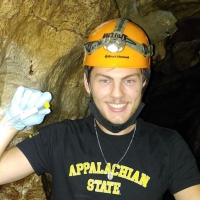
Grant Fox
(B.S. Environmental Science - in progress)
Grant is working on his BS in Environmental Science. His role on the geomicrobiology team was investigating manganese distribution in cave sediments and microorganisms using transmission electron microscopy.
-
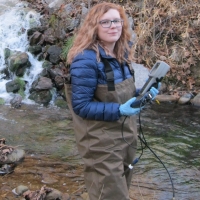
Katrina Godsey
(BS Biology and Physics - 2016)
Katrina worked on manganese oxidation in acid mine drainage from a variety of mine sites in the southern Appalachians. She is currently a scientific technician at LabCorp.
-
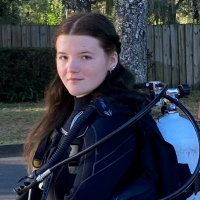
Yasmine Ketchie
Yasmine did the groundwork for creating a methodology for quantifying microplastic pollution in cave sediments in southern Appalachian show caves and tourist caves.
-
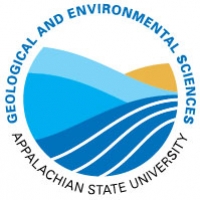
Ben Neunsinger
(B.S. Geology 2020)
Ben worked on an experimental project to investigate the role of crystallographic orientation on the deposition of biological Mn oxides for a variety of different minerals (calcite, quartz, different feldspars, hornblende, etc.)
-

Leigh Anne Roble
(B.S. Geology - 2012)
BS Thesis Title: Manganese Oxidation by Fungi in Karst Environments
Leigh Anne is currently working as a hydrogeologist with the Department of Health and Environmental Control in Columbia, South Carolina after receiving her M.S. in Geochemistry at the University of Maryland in 2014.
-
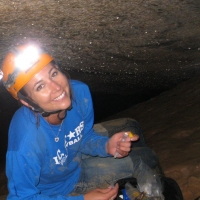
Morgan Smith
(M.S. Biology - 2020)
Morgan's work on the role of manganese oxidation on different mineral substrates was interrupted by COVID-19 lab closures, but instead she found that cave microbial communities were far more varied than we had previously anticipated. She now works as a Laboratories Manager for Stallergenes Greer.
-
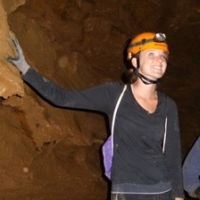
Amanda Strom
(B.S. Biology - 2011)
Amanda is now a critical care RN in Ventura, CA after graduating from Appalachian and receiving her BSN from Winston Salem State University.
-
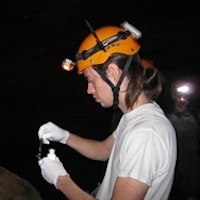
Bryan Zorn
(M.S. Biology - 2014)
MS Thesis Title: Illumina sequencing of fungal assemblages reveals compositional shifts as a result of nutrient loading within cave sediments
Bryan is a bioinformation specialist working with big data, he currently works for Cognant in the NC Research Triangle.
Current Students
-
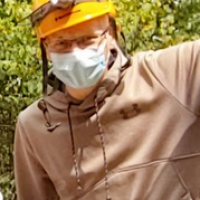
Bryce Norvell
Bryce is working on his MS in Biology; he is studying the relationship between microbes and sediment chemistry from anthropogenically impacted caves and pristine caves.
-
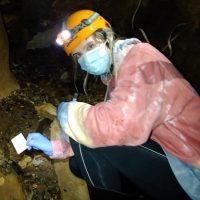
Anna-Maria Riley
For her MS in Biology, Anna-Maria is studying the impact of human traffic and artificial lighting on microbial communities in show caves in the southern Appalachians.
-
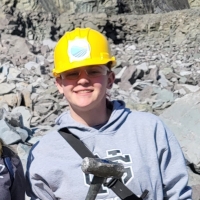
Lucca Scoggins
Lucca is characterizing nanoparticles and minerals in sediments in Appalachian cave systems using transmission electron microscopy, to see which types of particles can be used as a tracer of human impact in cave environments.